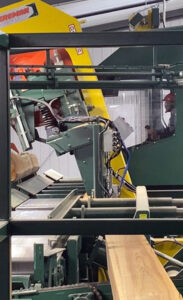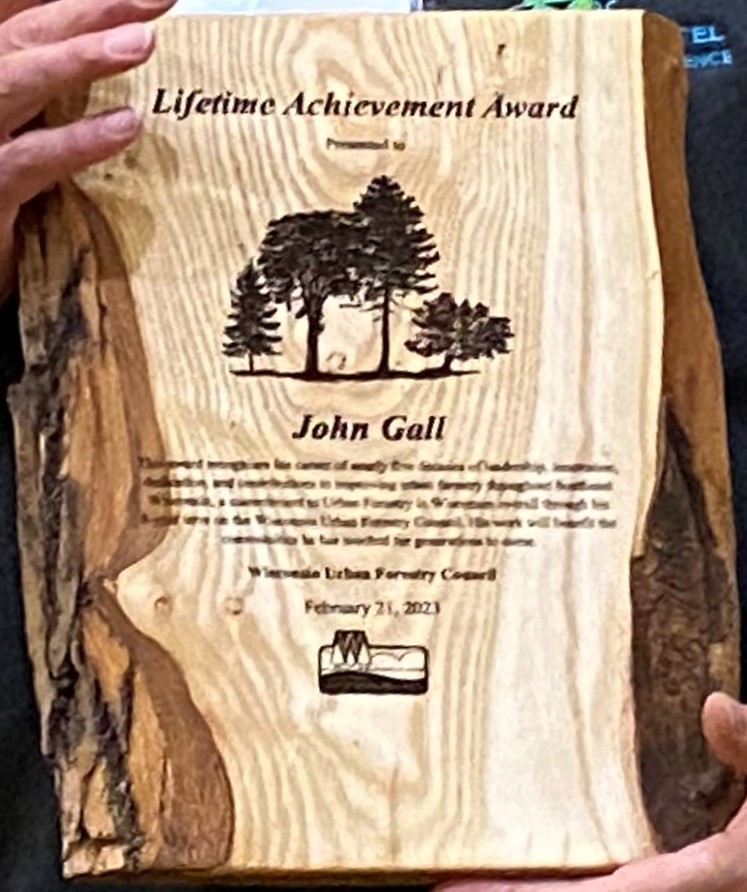
The Urban Forestry Council presents annual awards to outstanding individuals, organizations, communities and tribes that further urban forestry in Wisconsin. Awards are presented in the categories of Next Gen, Project Partnerships, Lifetime Achievement, Innovations in Urban Forestry, Leadership and Species Diversity. The awards are announced each year at the annual WAA/Wisconsin Department of Natural Resources Annual Conference and presented to winners in their community.
Continue reading “Urban Forestry Award Nominations Due Oct. 31”

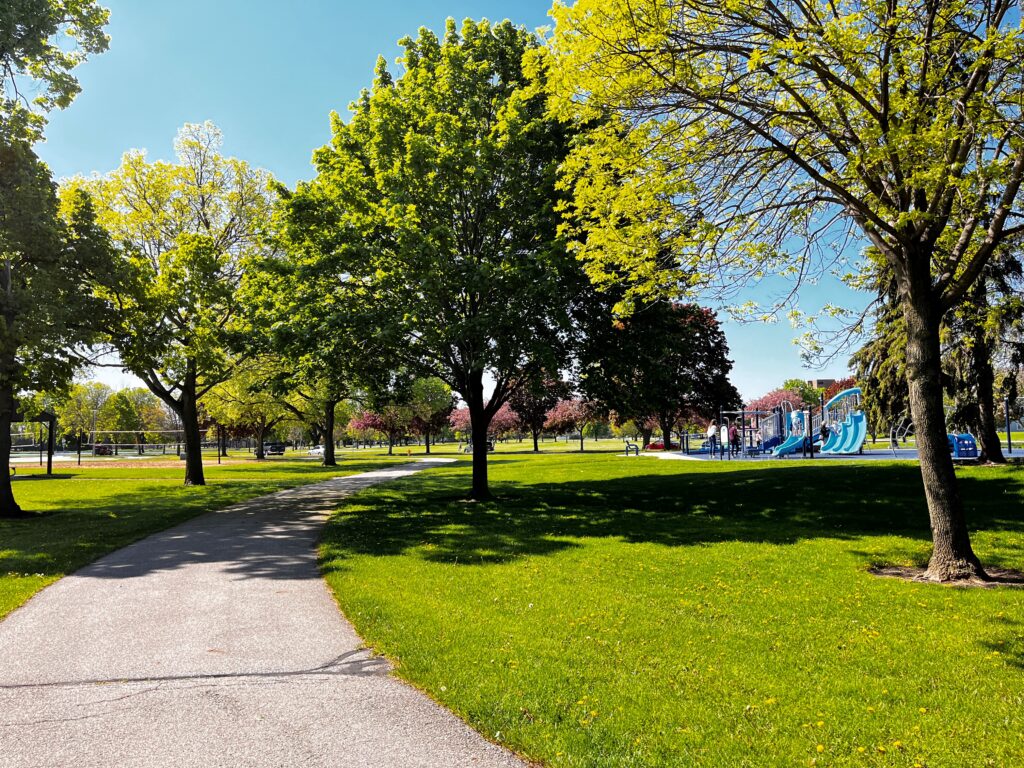 The grants range from $1,000 to $25,000, and grant recipients must match each grant dollar for dollar. A startup grant of up to $5,000 is available for communities that want to start or restart a community forestry program. Grants are awarded to projects that align with state and national goals for increasing the urban forest canopy and the benefits it provides. These grants do not subsidize routine forestry activities. In total, $559,680 is currently available in regular and startup grant funding for 2026.
The grants range from $1,000 to $25,000, and grant recipients must match each grant dollar for dollar. A startup grant of up to $5,000 is available for communities that want to start or restart a community forestry program. Grants are awarded to projects that align with state and national goals for increasing the urban forest canopy and the benefits it provides. These grants do not subsidize routine forestry activities. In total, $559,680 is currently available in regular and startup grant funding for 2026.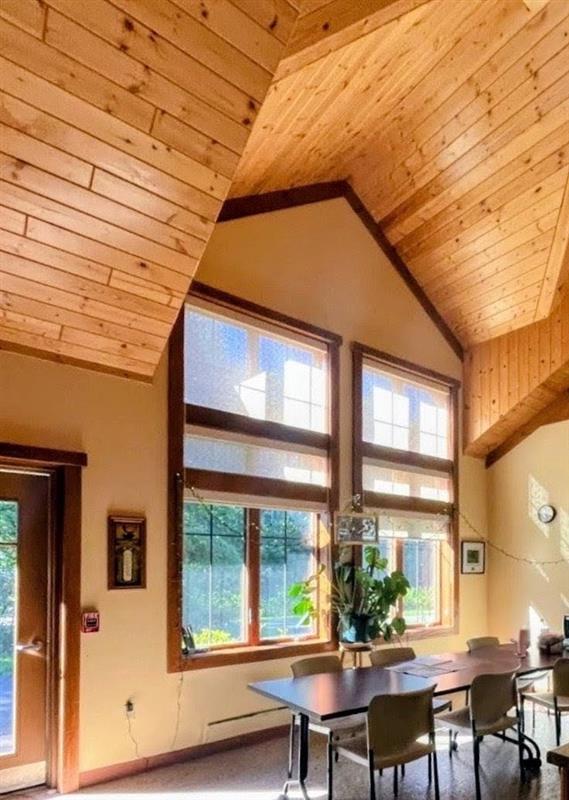 Trees grow, change and like all living things, eventually decline or die. Sometimes trees are removed from urban areas due to safety concerns, tree health or insufficient space. But when these urban and community trees are viewed not as waste, but as a valuable material resource, their story doesn’t end – it continues.
Trees grow, change and like all living things, eventually decline or die. Sometimes trees are removed from urban areas due to safety concerns, tree health or insufficient space. But when these urban and community trees are viewed not as waste, but as a valuable material resource, their story doesn’t end – it continues.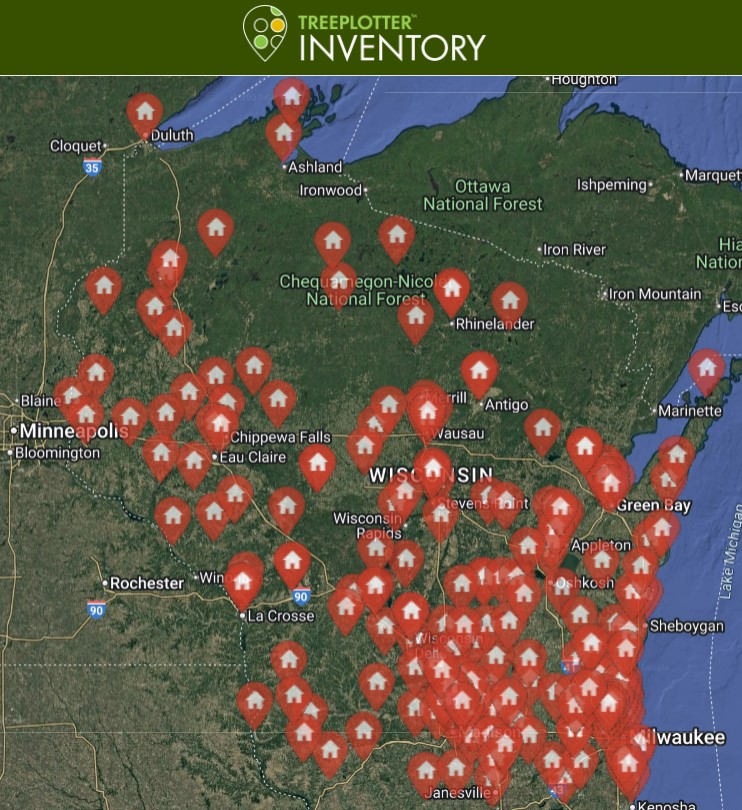 Do you have a tree inventory but have a hard time keeping it up to date? Or are you interested in inventorying trees from scratch?
Do you have a tree inventory but have a hard time keeping it up to date? Or are you interested in inventorying trees from scratch?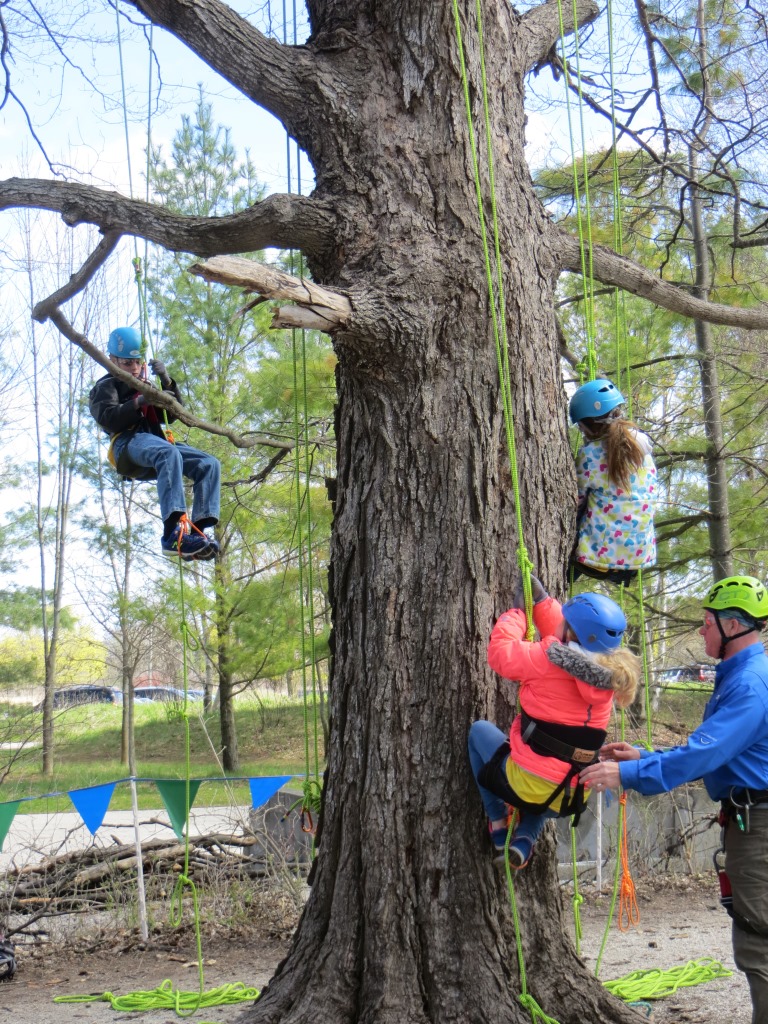 Volunteers are needed to be on the ground and up in the tree. Tasks on the ground include helping parents fill out waiver forms, outfitting kids in helmets and saddles and belaying kids up into the tree using pulley systems. Volunteers are needed in the tree to teach kids limb walking, hanging upside down, etc.
Volunteers are needed to be on the ground and up in the tree. Tasks on the ground include helping parents fill out waiver forms, outfitting kids in helmets and saddles and belaying kids up into the tree using pulley systems. Volunteers are needed in the tree to teach kids limb walking, hanging upside down, etc.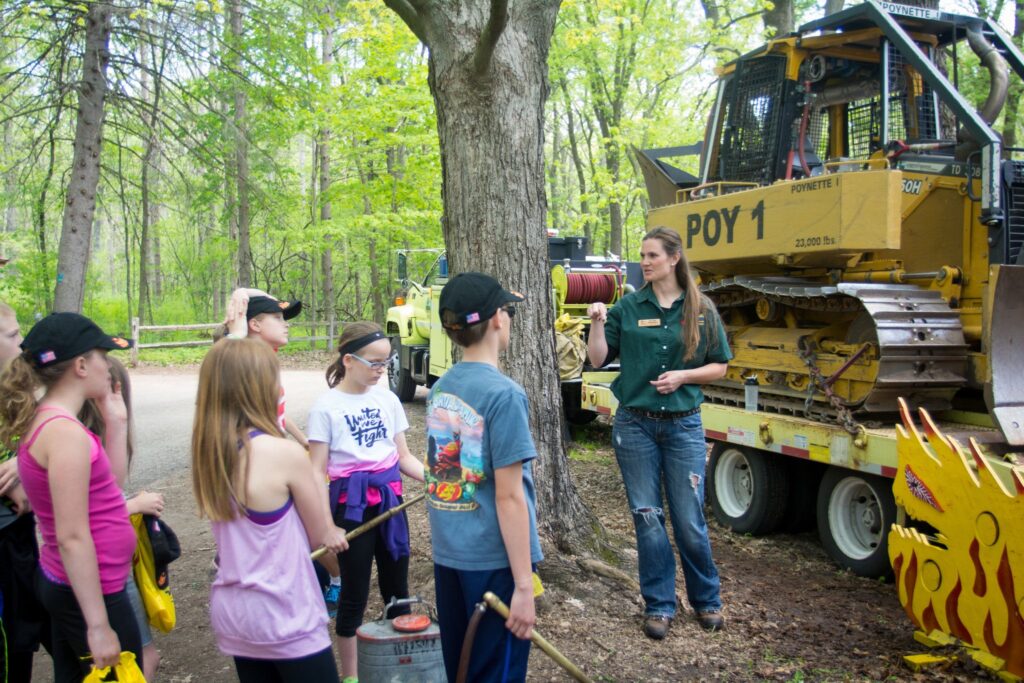 Wheels to Woods is a school to forest or forestry-related field trip transportation grant program supported and administered by the WI Society of American Foresters DEI Committee.
Wheels to Woods is a school to forest or forestry-related field trip transportation grant program supported and administered by the WI Society of American Foresters DEI Committee.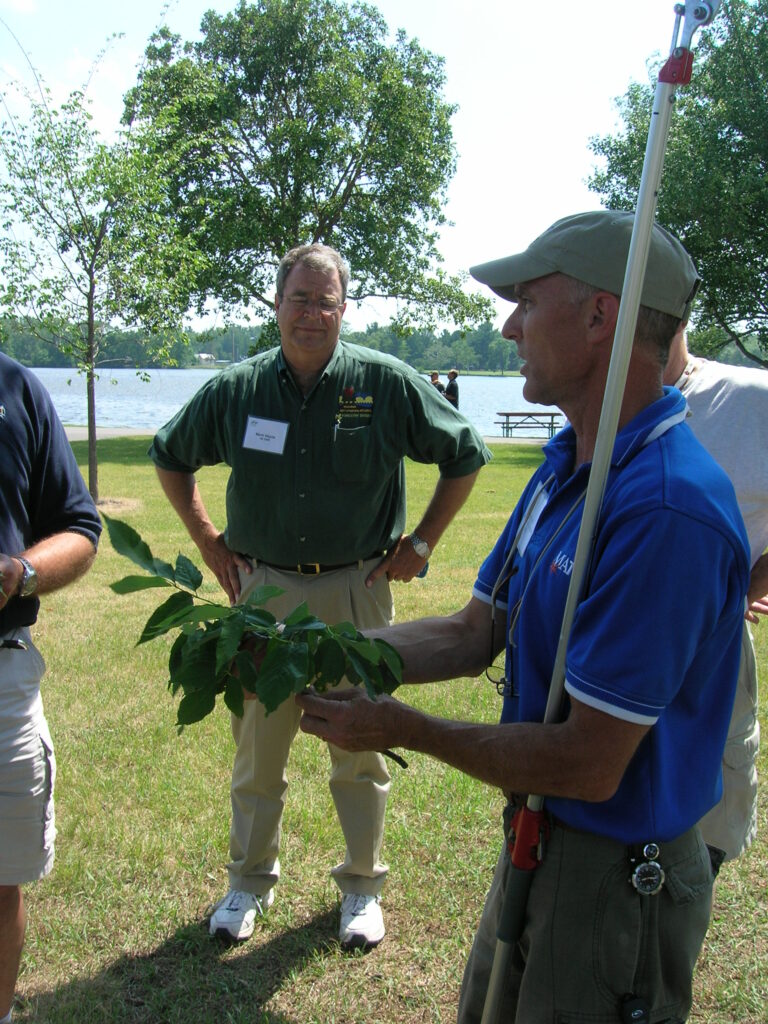 *These training opportunities are provided as an information service only and do not constitute an endorsement from the Wisconsin Department of Natural Resources (DNR).
*These training opportunities are provided as an information service only and do not constitute an endorsement from the Wisconsin Department of Natural Resources (DNR).